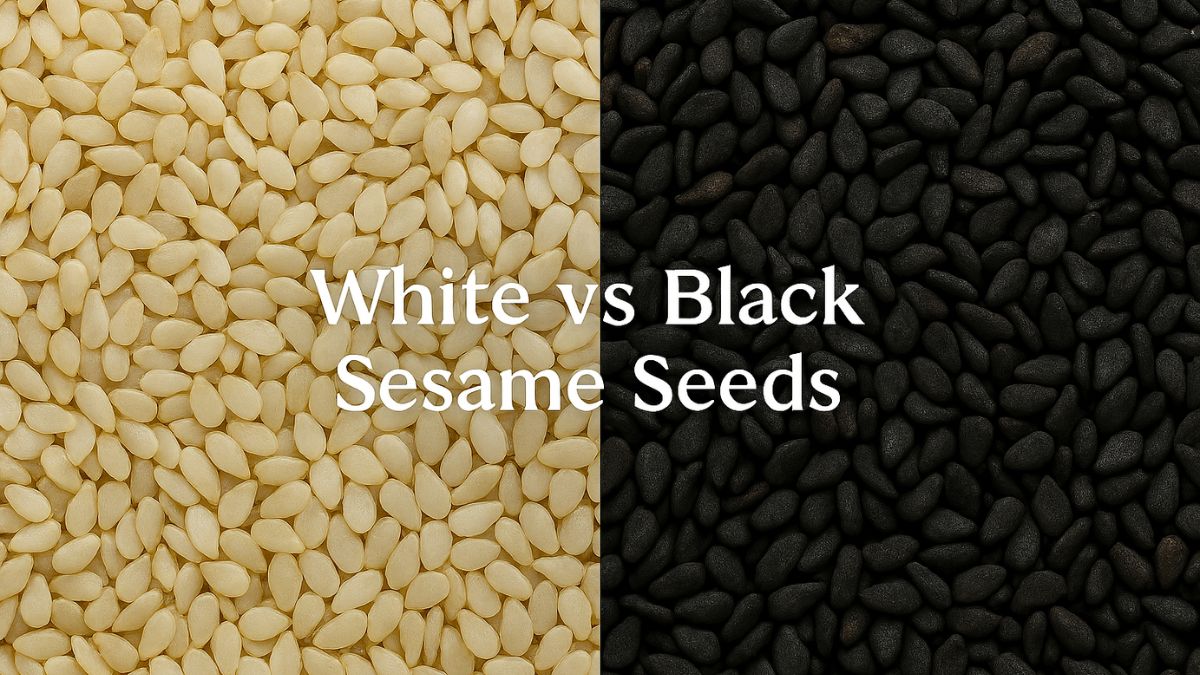Scientists have found that faulty wiring in certain brain cells could interfere with hunger or satiety cues leading to eating disorders. Researchers from the University of North Carolina School of Medicine have pinpointed the precise cellular connections responsible for eating disorders in people which can make them
eat when they are full or avoid food when they are hungry. "The study underscores that obesity and other eating disorders have a neurological basis," said senior study author Garret Stuber, assistant professor in the department of psychiatry
and department of cell biology and physiology.
"With further study, we could figure out how to regulate the activity of cells in a specific region of the brain and develop treatments," Stuber said. Researchers focused on one cell type - gaba neurons in the bed nucleus of the stria terminalis, or BNST. The BNST is an outcropping of the amygdala, the part of the brain associated with emotion. The BNST also forms a bridge between the amygdala and the lateral hypothalamus, the brain region that drives primal functions such as eating, sexual behaviour, and aggression. The BNST gaba neurons have a cell body and a long strand with branched synapses that transmit electrical signals into the lateral hypothalamus. Stuber and his team wanted to stimulate those synapses by using an optogenetic technique, an involved process that would let him stimulate BNST cells simply by shining light on their
synapses. Stuber's team used genetically engineered proteins - from algae - that are sensitive to light and used genetically engineered viruses to deliver them into the brains of mice. Those proteins then get expressed only in the BNST cells, including in the synapses that connect to the hypothalamus. Researchers implanted fibre optic cables in the brains of these specially-bred mice, and this allowed the researchers to shine light through the cables and onto BNST synapses. As soon as the light hit BNST synapses the mice began to eat voraciously even though they had already been well fed. The mice also showed a strong preference for high-fat foods. "They would essentially eat up to half their daily caloric intake in about 20 minutes. This suggests that this BNST pathway could play a role in food consumption and pathological conditions such as binge eating," Stuber said. Stimulating the BNST also led the mice to exhibit behaviours associated with reward, suggesting that shining light on BNST cells enhanced the pleasure of eating. On the flip side, shutting down the BNST pathway caused mice to show little interest in eating, even if they had been deprived of food. The findings were published in the journal Science.
Advertisement












